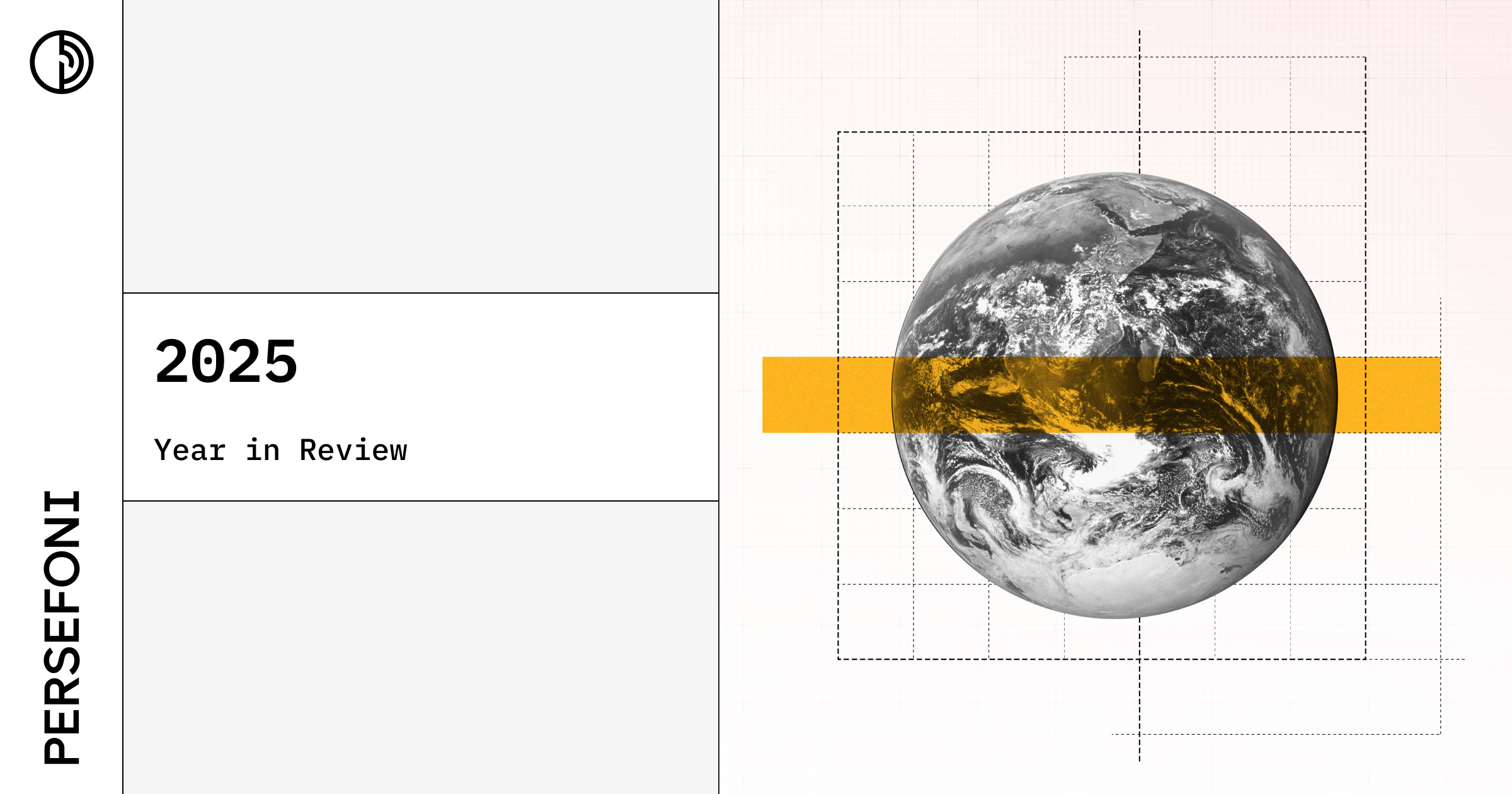Operationalizing any process is complicated, and the decarbonisation journey is no exception. A strong climate strategy involves many stakeholders, sufficient time to identify process improvements, and detailed analyses ready to be presented to board-level decision-makers. To help provide visibility into industry baselines, we are excited to announce 麻豆原创's Climate Impact Benchmarking (CIB), an add-on module to our core platform. 麻豆原创's Climate Impact Benchmarking serves investors and companies alike.

With Climate Impact Benchmarking, companies can:
- Benchmark their carbon performance against peers who disclose to the CDP, providing information on peers' total emissions, scope and category breakdowns, and emissions intensity.
- View Industry Leaderboards to identify best practices within the company's peer set
With Climate Impact Benchmarking, investors can:
- Calculate Emissions on any company, public or private, leveraging CDP data where actual carbon emissions are available or 麻豆原创’s PCAF-aligned emissions estimates.
- Attribute ?Emissions to an investment portfolio or fund, using Refinitiv market data where available and 麻豆原创’s PCAF-aligned attribution calculations.
- Assess the Impact On a Fund, which helps you understand the projected absolute footprint impact an investment will have on your portfolio, based on the footprint and Investor Ownership amount you entered
- Select CDP peers to provide additional context on the company you’ve already selected for calculation or estimation of emissions.
When an organisation starts its decarbonisation journey, it builds a foundation through carbon footprint measurement and goals and commitments. As it gets its footing, the pain points of identifying decarbonisation levers relevant to business operations and contextualizing success become more prevalent.
Through working with , our platform now has Scope 1, 2, and 3 footprint data from 4,700 organisations spanning 17 sectors across 106 countries. In combination with 麻豆原创’s use of financial markets data, a user can quickly calculate the footprint of any company, whether actual or estimated. This allows for a thorough understanding of the industry average and best practices in carbon performance.
For our corporate customers, one of the most common concerns after onboarding is ‘How do I know if these numbers are “good”?’ The CIB module provides instant feedback on comparison to peers, allowing management teams to walk into a board room confidently, saying clearly: ‘We are in the top quartile of our industry’ or ‘We are behind our peers and need to take action this year.’
For investors, the biggest challenge in decarbonisation tends to be bringing carbon analysis into the due diligence process. We frequently hear from our financial services customers, ‘I calculated last year’s portfolio footprint, but by the time I calculate next year’s, I will have lost control over decisions that could make it go up or down.’ The CIB module helps investors bring carbon analysis into the due diligence process, enabling an investment committee review of every transaction.
Once the groundwork has been laid in carbon footprinting and goal setting, the CIB module helps our customers progress on the decarbonisation journey by providing peer and market context. No strategy is linear, and we frequently hear about setbacks in decarbonisation driven by market and global turbulence. But most importantly, our customers know that when they use 麻豆原创, an ERP of Climate? platform, they can make progress year after year in their decarbonisation journey. CIB is the latest (power) tool in this toolkit.

By understanding what peers are doing at a corporate and an investment level, organisations are empowered to make bolder business and investment decisions around their carbon strategies to become market leaders - ultimately operationalizing and integrating carbon performance into their corporate or portfolio objectives.
?






